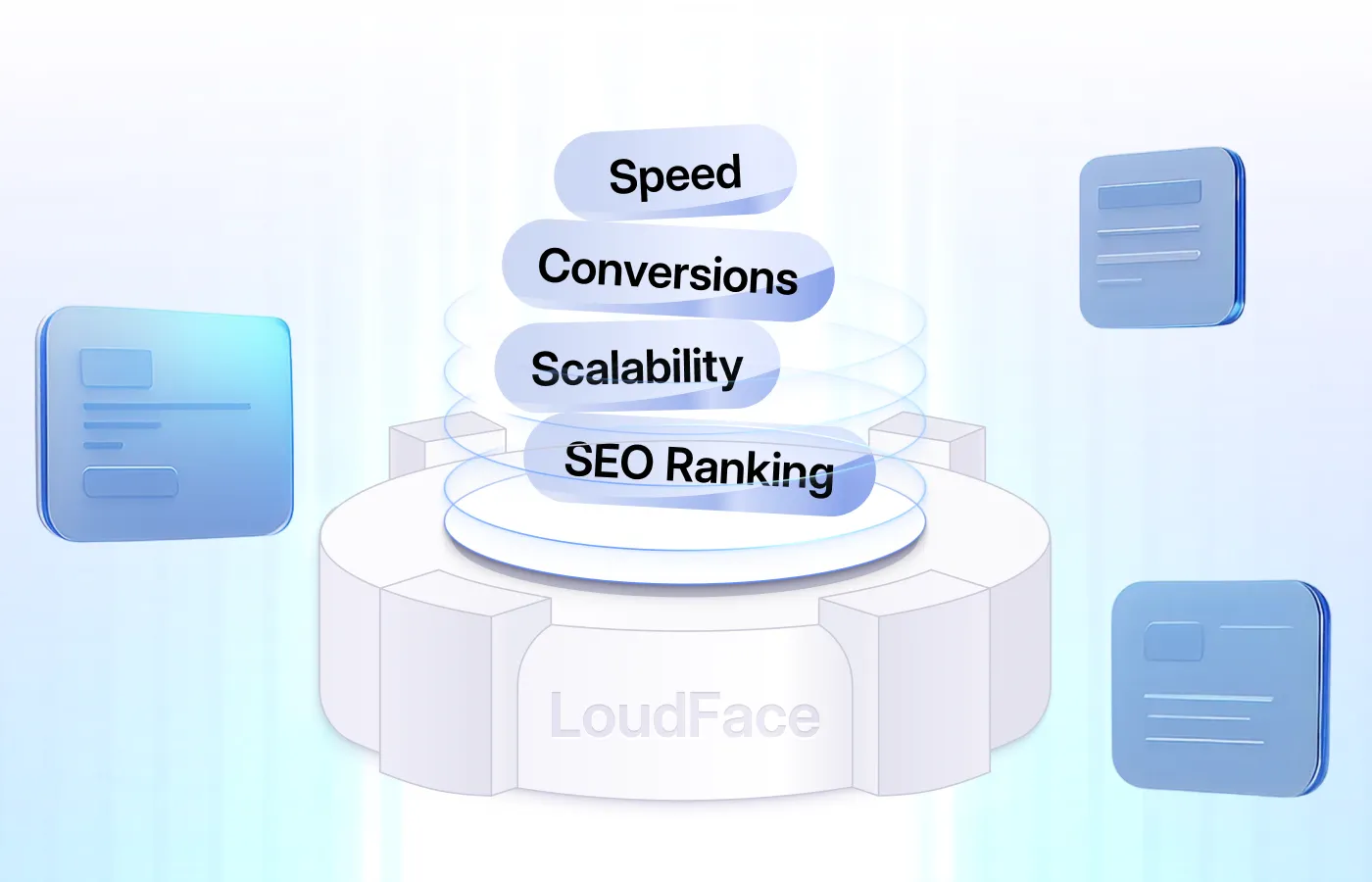Animate Your Ideas with Webflow and Lottie
Web design has come a long way from static pages and clunky animations. Today, we're witnessing a revolution in web design, thanks to platforms like Webflow and animation libraries like Lottie. Together, they're changing the way we think about and create websites. But what exactly are Webflow and Lottie animations, and how can they enhance your web design process?
Key Takeaways
- Webflow and Lottie animations are powerful tools for creating engaging, interactive websites.
- Lottie, developed by Airbnb, allows designers to create and export animations as JSON files, which can be easily integrated into Webflow.
- Webflow's visual interface makes it easy to incorporate Lottie animations, creating a seamless user experience.
- Understanding the history and evolution of Lottie can provide valuable insights into its current capabilities and future potential.
The Magic of Webflow
Webflow is a game-changer in the world of web design. It's a visual web design platform that allows designers to create professional, responsive websites without writing a single line of code. But don't let the "no-code" tag fool you. Webflow is a powerful platform that offers advanced design and animation capabilities, rivaling those of traditional coding.
Webflow's visual interface allows designers to see their changes in real-time, making the design process more intuitive and efficient. And when it comes to animations, Webflow really shines. Its animation tools allow designers to create complex, interactive animations with ease. But to truly unlock the power of animations in Webflow, we need to talk about Lottie.
Lottie: Revolutionizing Web Animations
Lottie is an open-source animation library developed by Airbnb. It allows designers to create animations in design apps like After Effects and export them as JSON files. These files can then be used in various platforms, including Webflow, to create high-quality, scalable animations.
The beauty of Lottie animations lies in their versatility and quality. They can scale up for large screens without losing quality, and they can be controlled dynamically with code, allowing for interactive animations that respond to user actions.
Lottie's history is a testament to its revolutionary impact on web design. Developed by Airbnb's design team to solve the problem of integrating complex animations into their platforms, Lottie has grown into a widely-used tool that's changing the way designers think about and use animations.
Integrating Lottie Animations into Webflow
Incorporating Lottie animations into Webflow is a straightforward process. Once you've created and exported your Lottie animation as a JSON file, you can import it into Webflow using the Lottie component. From there, you can control the animation's playback using Webflow's visual interface, creating complex interactions without writing any code.
Here's a step-by-step guide to using Lottie animations in Webflow:
- Create your animation in a design app like After Effects.
- Export the animation as a JSON file using the Bodymovin plugin.
- In Webflow, drag and drop a Lottie component onto your canvas.
- Upload your JSON file to the Lottie component.
- Use Webflow's visual interface to control the animation's playback and interaction with users.
The History of Lottie
Lottie was developed by the design team at Airbnb to solve a common problem in web design: integrating complex animations into their platforms. Before Lottie, designers had to rely on developers to recreate their animations by hand, a time-consuming process that often resulted in animations that didn't quite match the original design.
Lottie changed all that. By allowing designers to export their animations as JSON files, Lottie made it possible for designers to create and ship beautiful animations without an engineer painstakingly recreating them by hand. This was a revolutionary step in web design, and it's why Lottie has become such a popular tool among designers today.
Frequently Asked Questions
{{blog-faqs}}
Wrapping Up
Webflow and Lottie's animations are transforming the world of web design. They allow designers to create engaging, interactive websites with ease, and they're changing the way we think about and use animations in web design. By understanding these tools and how to use them effectively, you can take your web design skills to the next level.
At LoudFace, we're experts in leveraging the power of Webflow and Lottie animations to create stunning, interactive websites. If you're interested in learning more about these tools or how we can help you use them to enhance your web design process, don't hesitate to get in touch.



